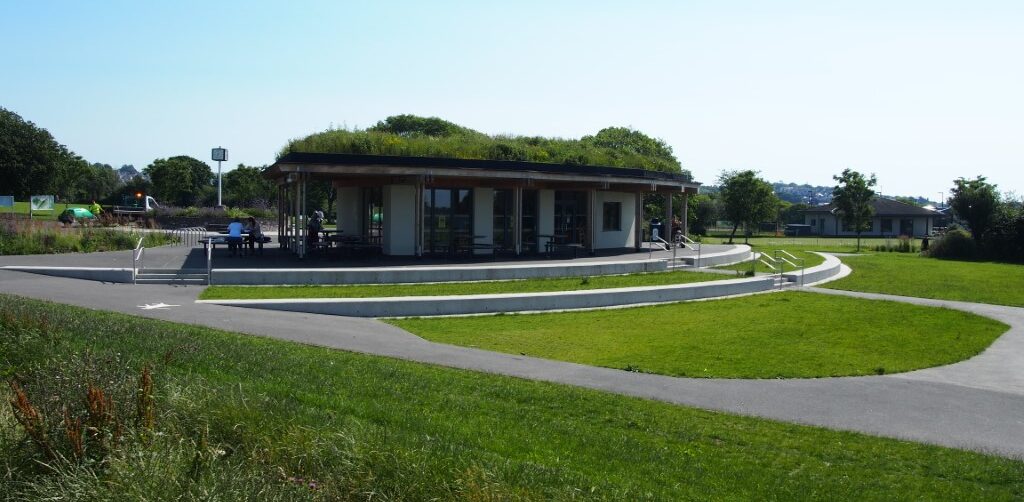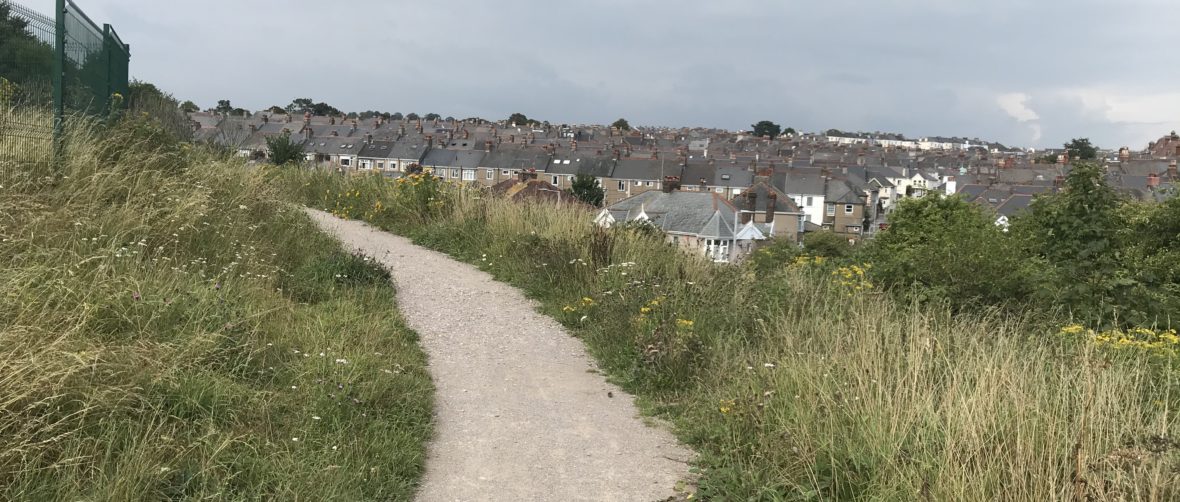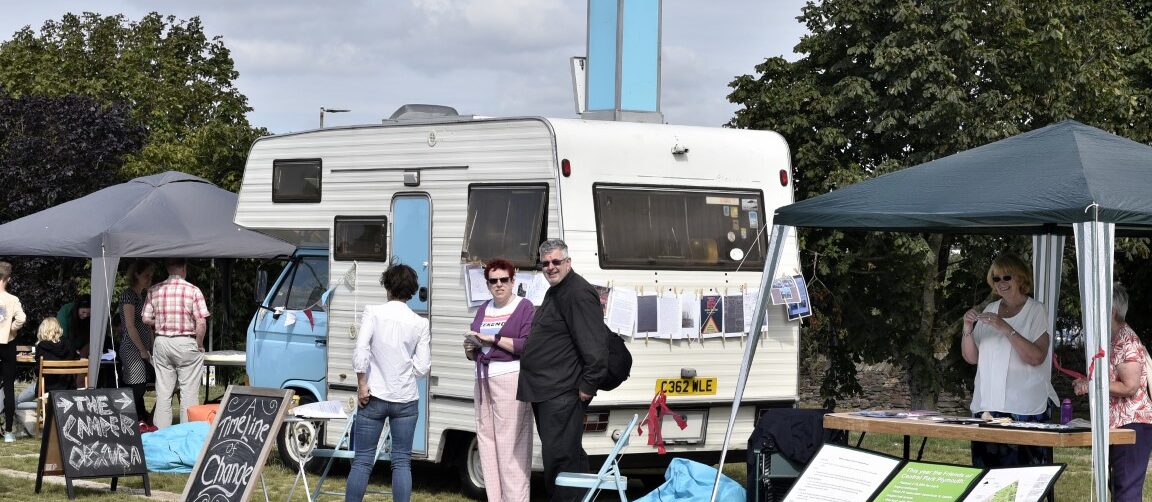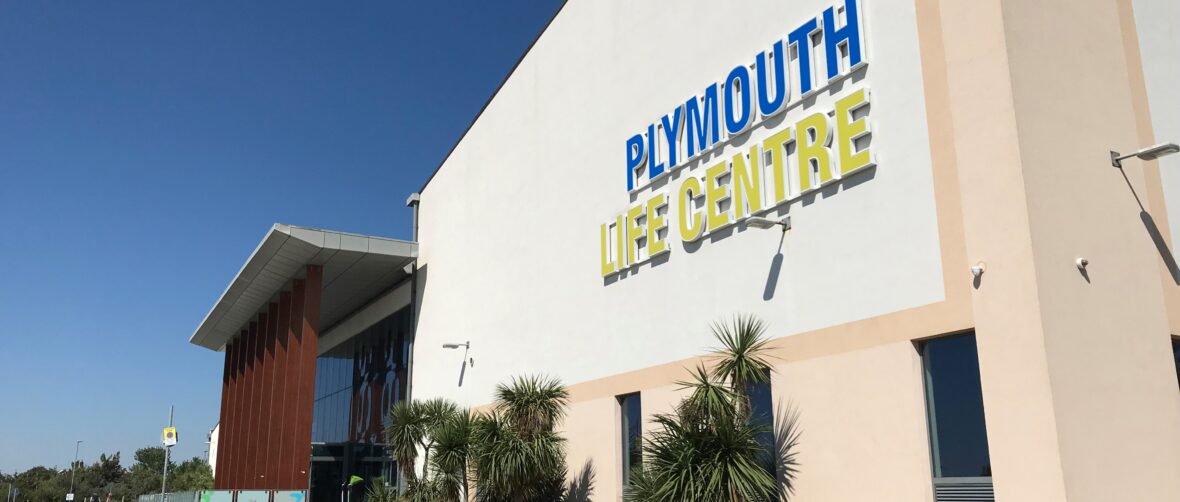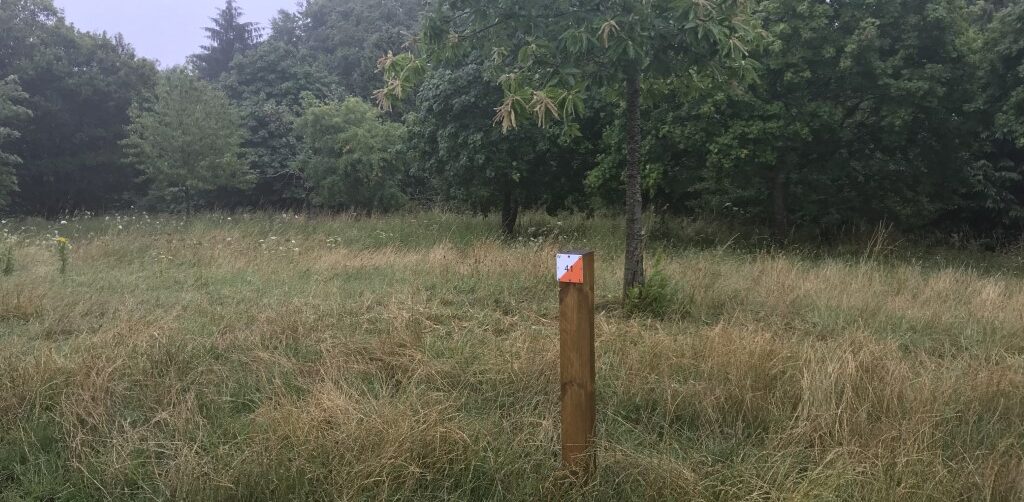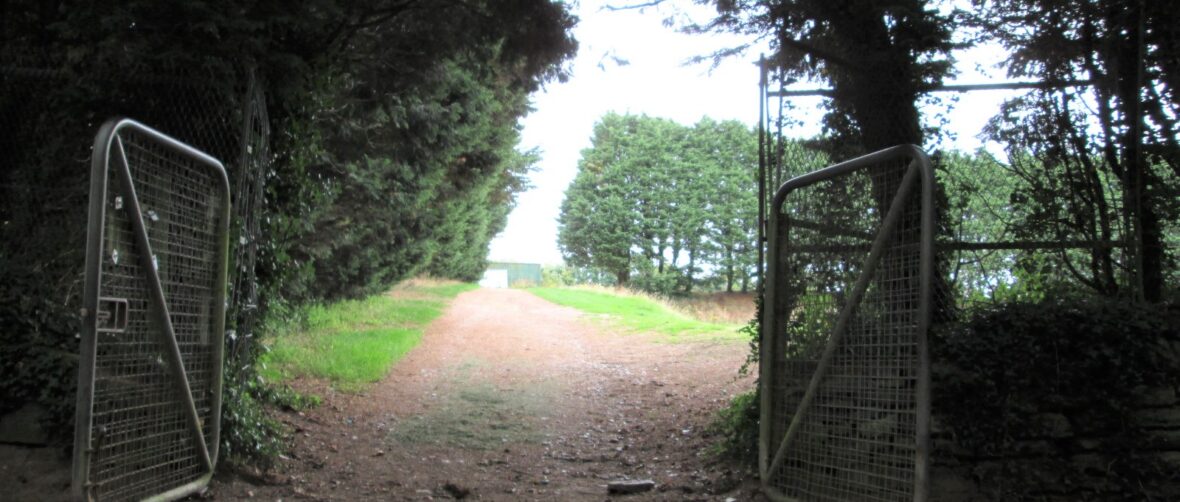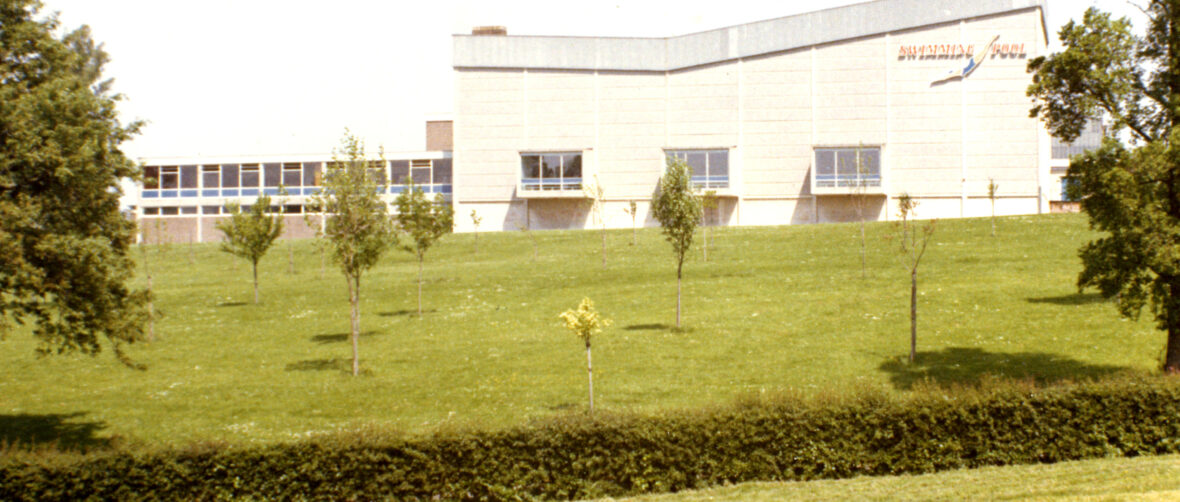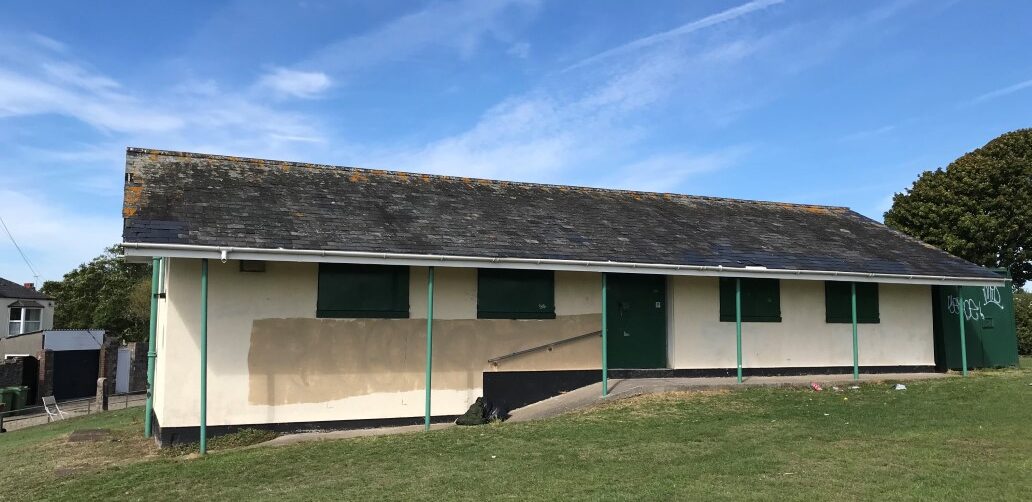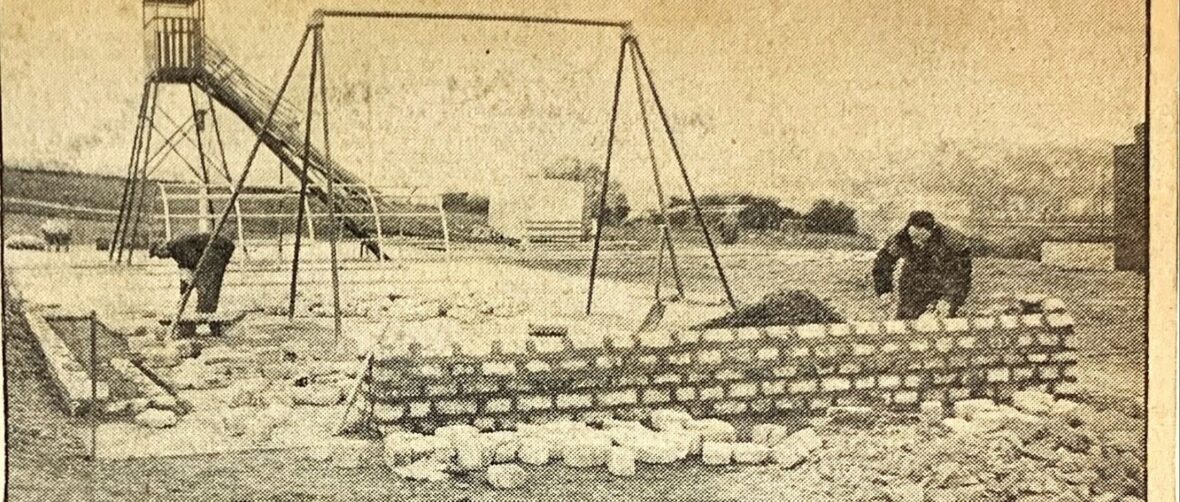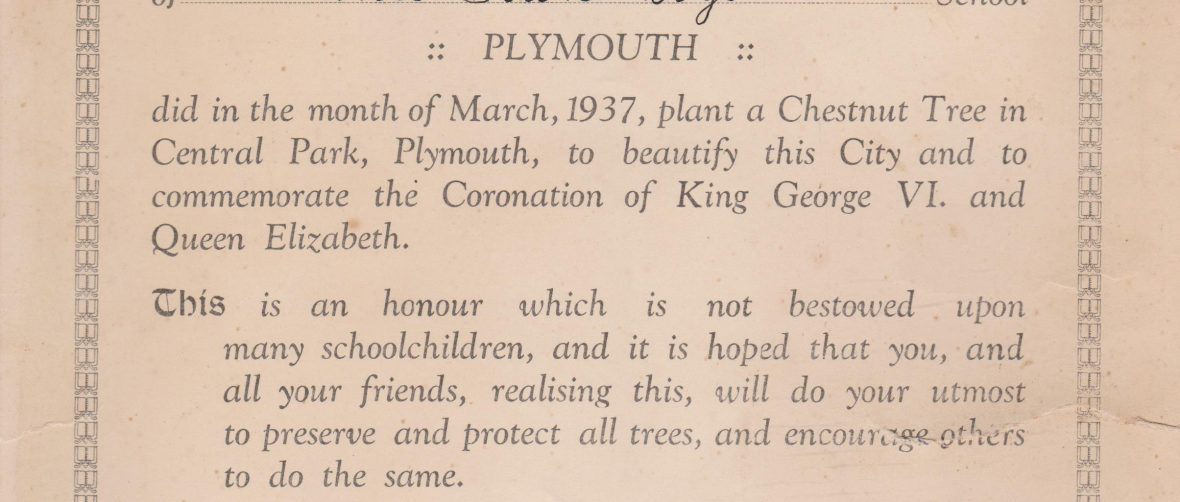Timeline
22
Apr
2023
6
Apr
2021
26
Jul
2019
5
Jul
2019
6
Apr
2018
24
Aug
2015
5
Apr
2013
29
Jun
2012
1
Mar
2012
6
Apr
2011
3
Apr
2009
24
Oct
2004
28
Jan
2004
5
Apr
2003
26
Jul
2001
13
May
2001
11
Jul
1981
15
Jun
1978
6
May
1978
6
May
1975
22
Sep
1974
8
May
1970
30
Apr
1967
3
Mar
1966
10
Sep
1965
9
May
1965
9
May
1965
10
May
1963
10
Apr
1962
8
May
1955
1
Jun
1951
10
May
1951
6
May
1951
9
May
1950
4
May
1950
25
Sep
1947
8
Aug
1947
1
Aug
1946
1
May
1946
29
Apr
1946
5
Jun
1944
6
May
1943
19
Feb
1943
19
Jun
1941
8
May
1941
14
Mar
1940
30
Apr
1939
1
Jan
1938
18
Jun
1937



